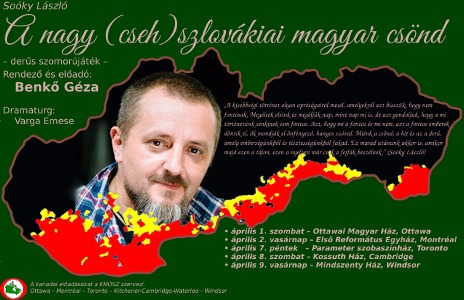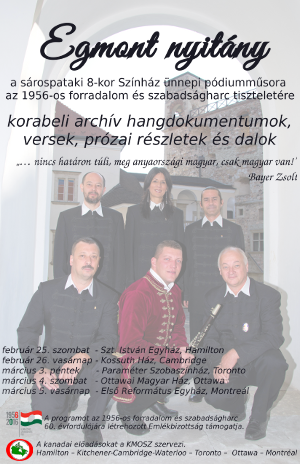To Be Translated.
To access the original text switch languages using the button below.
Author: rendszergazda
Report by the First Hungarian Presbyterian Church of Montréal
To Be Translated.
To access the original text switch languages using the button below.
An Irregular Lesson about Literature: Forr-A- Dal-Már
Do you wonder what an irregular lesson about literature is like?
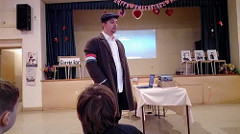 How can you explain the meaning of the revolution to 10-year-old kids who were born outside of Hungary and never visited their old country?
How can you explain the meaning of the revolution to 10-year-old kids who were born outside of Hungary and never visited their old country?
The topic of 1956 is still contradictory in many views.
The older generation, who took part in the revolution, has a certain view about it, which is different form the opinions of the Generation-X who were not even supposed to talk about it for decades except whispering about it quietly at home. And then, the Millennials who have yet another meaning of the revolution; for them ’56 is only a subject that is remembered by the obligatory memorials in every school year.
Is it possible to explain the kids the suffocating atmosphere of communism, in which Hungary was stuck during the ’50s.
Can they imagine themselves back in those times and feel, understand what the young people were protesting against, so that the events of 1956 will not remain for them some boring data from history about a country, which is complicated, chaotic, and where they have never been.
This was the challenging task for Lóránt Tóth Péter, who calls himself as the travelling poet. We met him in his irregular class of Literature in Montréal. Having a degree in teaching history, he claims his mission is to make the youth of the Hungarian diaspora know and love poems. He presented his performance called Forr-A- Dal-Már (Hung. Singing of the Revolution) that projects the revolution of ’56 in a different light.
The audience gathered in the community hall of the protestant church of Montréal showed a really composite picture, all the three generations mentioned above were present: survivors of the bloody revolution, the generation who were silenced and had to live through consequences of the revolution, and the children born in Canada for whom the subject is dim and distant.
But the travelling poet was not perplexed by neither the inhomogenous public nor the inconveniences caused by jet lag.
To bring the forced expropriations of communism closer to the kids, he confiscated the valueables of the audience at the beginning of the show, which caused a stormy dejection.
Then he brought up very basic and simple examples to show how the communist regime intruded into the every day life of the people crating suspicion and mistrust in relationships at all levels. He expressed through poems the frustration and despair of the people in a world where a privileged few had everything, and the rest had nothing; where there were no rights, and people were afraid not only of spies, but often of themselves knowing that everyone can be tortured so cruelly that they will sign any paper put in front of them. He described this hopeless period in such a realistic way that the news that the revolution had broken out was an actual relief, and the crowds willingly went protest to the Bem square… He emphazied the role of people under 18 in the fights going into such detailds as the jokes that were passed around after the toppling of Stalin’s statue, so that kids can have an idea about atmosphere of those two glorious weeks. The performance was supported by a rich collection of archive pictures and videos.
He presenting the sad aftermath, the opression and retribution of the revolution, the overall message of the show was still positive saying we should appreciate our freedom, so that those youngsters didn’t shed their blood in vein. Let’s do everything we can to use our talents to make the world a better place.
Because life prevails over death.
Photos about the event are posted here.
Dorka Kornélia Takácsy, KCSP, Montréal
43 Years in the Centre of the Circle
Meet Attila Pataky: The secrets of 43 years
Retro Disco with D.J. Gary (AUS)
Locations
- Friday, March 31 – Hungarian Community Centre, Toronto
- Saturday, April 1 – St. Stephen Church, Hamilton
- Sunday, April 2 – Kossuth Hall, Cambridge
- Friday, April 7 – Hungarian Community Centre, Calgary
- Saturday, April 8 – Hungarian Community Centre, Vancouver
- Sunday, April 9 – Hungarian Community Centre, Victoria
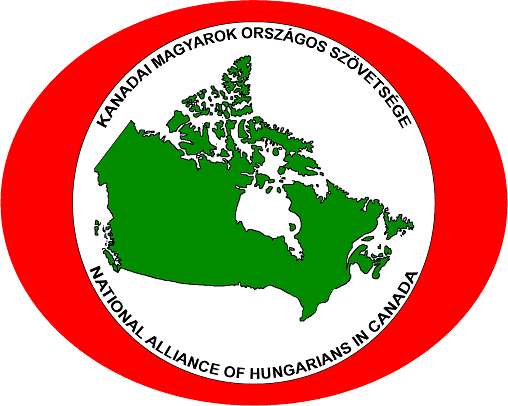 The Canadian tour is organized by the NAHC. Toronto – Hamilton – Cambridge-Kitchener-Waterloo – Calgary – Vancouver – Victoria The Canadian tour is organized by the NAHC. Toronto – Hamilton – Cambridge-Kitchener-Waterloo – Calgary – Vancouver – Victoria |
The Great Hungarian Silence in (Czecho)Slovakia
A monodrama with humour
Written by: László Soóky
Directed and performed by: Géza Benkő
Dramaturg: Emese Varga
„This story tells us about the small details of the minority life that we think are not important. Our forefathers experienced them, we experience them every day, and yet we think our story is not important to anybody. But what is important and what isn’t is decided by important people who declare it in glorifying speeches. We have the silence, faith and cheer that are rooted in our humanity and decency. This is what we will bequeath on this land when our language can be read only on our epitaphs.”
(László Soóky, translation by NAHC)
Locations
- Saturday, April 1 – Ottawa Hungarian Community Centre, Ottawa
- Sunday, April 2 – First Presbyterian Church, Montréal
- Friday, April 7 – Parameter Club, Toronto
- Saturday, April 8 – Kossuth Hall, Cambridge
- Sunday, April 9 – Mindszenty Hall, Windsor
 The Canadian tour is organized by the NAHC. Ottawa – Montréal – Toronto – Kitchener-Cambridge-Waterloo – Windsor The Canadian tour is organized by the NAHC. Ottawa – Montréal – Toronto – Kitchener-Cambridge-Waterloo – Windsor |
About the Play
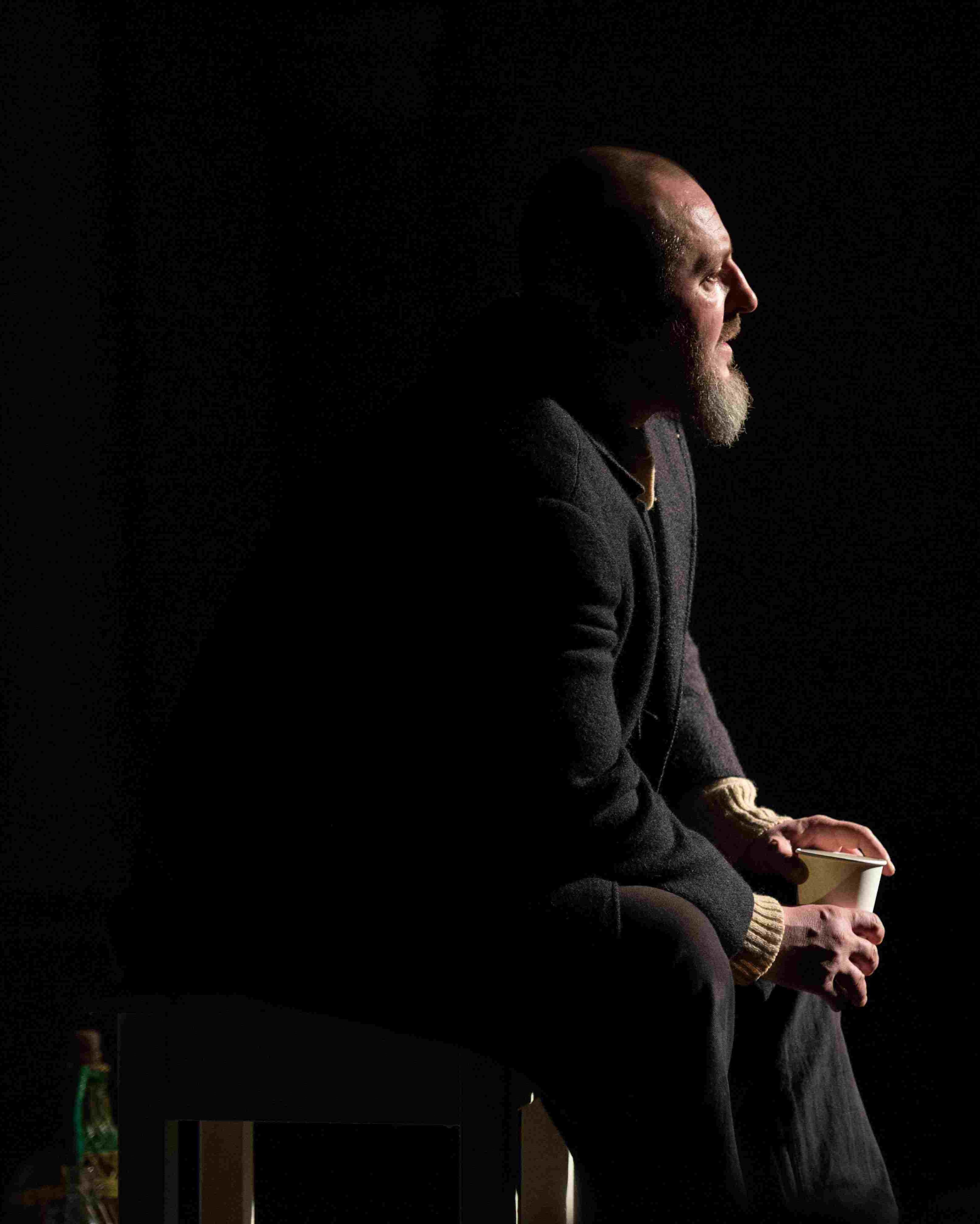 The Great Hungarian Silence in (Czecho)Slovakia is a monodrama that is not about the life of a man but about a community. The story of the Hungarian community in Slovakia is told through the life of a person with a perspective in history. It is like a modern tale: once upon a time comrade Stalin died, then so did comrade Gottwald too… – as the author sets the historical time frame, he is jumping freely between the time zones overlapping the minority life in Slovakia; a close-up look at one man.
The Great Hungarian Silence in (Czecho)Slovakia is a monodrama that is not about the life of a man but about a community. The story of the Hungarian community in Slovakia is told through the life of a person with a perspective in history. It is like a modern tale: once upon a time comrade Stalin died, then so did comrade Gottwald too… – as the author sets the historical time frame, he is jumping freely between the time zones overlapping the minority life in Slovakia; a close-up look at one man.
The world is reflected in his eyes; a period of history is replayed in his mind, not facts and statistics but the perceived and real tragedies, memories, stories from the past. And the rest is silence…
| Trailer | Interview |
The play made its debut on February 27, 2016, in Komárom, at the Officers’ Hall and it was a great success.
About the Actor
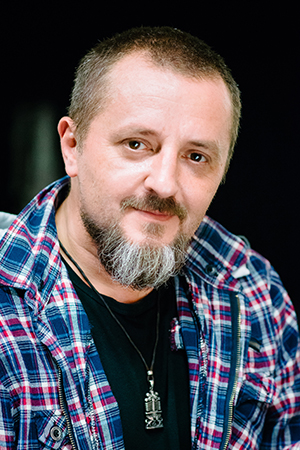
Egmont Overture
A Hungarian theatrical compilation in honour of the 60th anniversary of the Hungarian revolution in 1956
Performers: 8-kor Színház (the theater group at 8 PM is from Sárospatak, Hungary)
Locations
- Saturday, February 25 – St. Stephen Church, Hamilton
- Sunday, February 26 – Kossuth Hall, Cambridge
- Friday, March 3 – Parameter Club, Toronto
- Saturday, March 4 – Ottawa Hungarian Community Centre, Ottawa
- Sunday, March 5 – First Presbyterian Church, Montréal
 The event is sponsored by the 1956 Hungarian Revolution and Freedom Fight 60th Anniversary Memorial Board, Hungary The event is sponsored by the 1956 Hungarian Revolution and Freedom Fight 60th Anniversary Memorial Board, Hungary |
 The Canadian tour is organized by the NAHC. Toronto – Kitchener-Cambridge-Waterloo – Hamilton – Ottawa – Montréal. The Canadian tour is organized by the NAHC. Toronto – Kitchener-Cambridge-Waterloo – Hamilton – Ottawa – Montréal. |
Recital Program
The „Egmont Ouverture” contains archival elements from the events in 1956 (Egmont Ouverture, street fights, news on radio, speeches Imre Nagy), poetry, prose and songs:
- József Utassy: Toast
- Adorján – Kocsis: What Was 1956?
- Jenő Heltai: Freedom
- Attila Gérecz: Chrismas Song in the Prison
- Milán Füst: I’d Like to Break into Sobs
- Alajos Kannás: Sooty Stones
- Lóránt Zas: In November
- Kocsák – Miklós: Budapest (Travelling)
- Kormorán – Ferenc Juhász: Fragment of Anthem
- Kormorán: The Ballad of Gergő Kurán
- Kormorán: Iván Ruszki (1956. Who Is Hungarian…)
- Kormorán: Lost Handshake
- Kormorán: What Is My Sin? (Elektra Forever)
- Kormorán: Contemporary Inauguration
- Kormorán – József Ratkó: One Bed, One Bread
About the Artists
- Béla Bálint – Producing and Logistics Manager, Advisor
- József Donkó – Actor
- Mónika Karacs – Actor, Instrumentalist
- Zsolt Nagy – Actor
- István Sipos – Music Director, Technician, Instrumentalist
The 8-kor Szíház Group won several awards:
– Comenius Medal
– Ex Libris Award for the Hungarian Art
– Botond Pécsvárady Award
– Borsod-Abaúj-Zemplén County’s Award for Creativity
– Gold Cross for National Heritage
– Honorary Citizens of Koltó Community
The group works and lives by its creed: „to be Hungarian is our mandate!”
Railway Station (Vasútállomás)
Poetry and prose written by Attila József
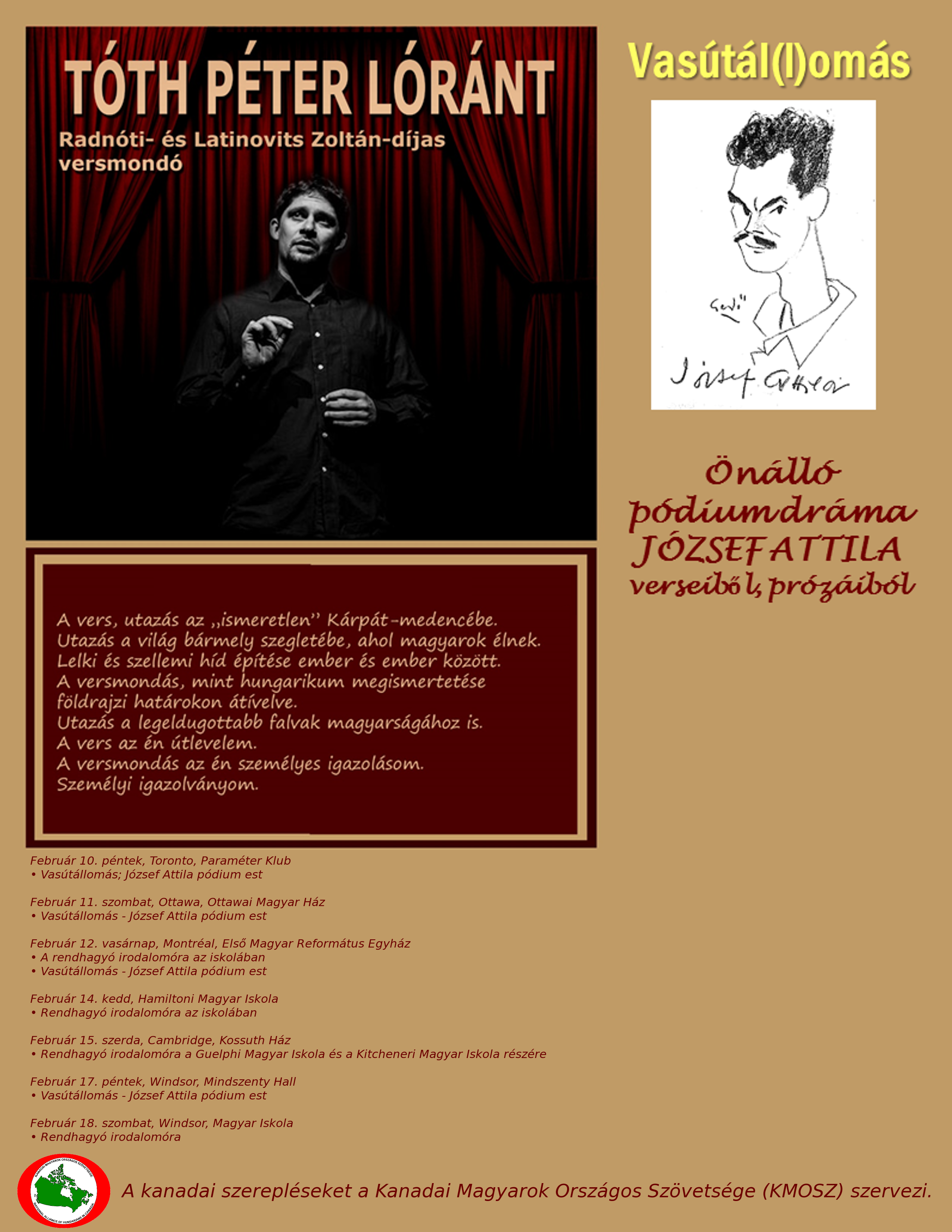 Stand-up presenter: Péter Lóránt Tóth winner of Radnóti and Latinovits Awards.
Stand-up presenter: Péter Lóránt Tóth winner of Radnóti and Latinovits Awards.
The railway station. Nobody’s land.
Outside: tracks running into the distance, rails that never join. Inside: the final wish of a soul, longing incessantly: ”If only I could just grab a ticket and travel to my inner self!…”
The helpless wait of a former foster child who missed the last train: voiced inner monologues for those who would listen and join the fray.
A novel representation of Attila József – a broad canvass about love, faith, inner peace and intransigence.
Locations
- Friday, February 10, Toronto, Paraméter Klub • Railway Station; József Attila pódium est
- Saturday, February 11, Ottawa, Ottawai Magyar Ház • Railway Station – József Attila pódium est
- Sunday, February 12, Montréal, Első Magyar Református Egyház • A rendhagyó irodalomóra az iskolában • Railway Station – József Attila pódium est
- Tuesday, February 14, Hamiltoni Magyar Iskola • Rendhagyó irodalomóra az iskolában
- Wednesday, February 15, Cambridge, Kossuth Ház • Rendhagyó irodalomóra a Guelphi Magyar Iskola és a Kitcheneri Magyar Iskola részére
- Friday, February 17, Windsor, Mindszenty Hall • Railway Station – József Attila pódium est
- Saturday, February 18, Windsor, Magyar Iskola • Rendhagyó irodalomóra
Condolences to the Hungarian bus crash victims
The National Alliance of Hungarians in Canada would like to offer its sincere condolences for the victims of the Hungarian bus crash in Italy.
Our prayers go out to the victims and families of those who were killed or injured in this tragic accident.
We hope that a smooth healing process will help the Szinyei Merse Pál High school deal with their loss, and we wish they will recover from this tragedy soon.
Christmas Greetings from the Laureates of the KCSP, 2016-2017
Annual Report, NAHC, 2016
NAHC has been following global issues in relations with Hungarian national interests worldwide and tries to help whenever it can. On the occasion of March 10th, the Szekler Independence Day, NAHC sent a letter, written in Hungarian and English, to the president of Szekler National Council, the European Parliament, and the president of the European Union expressing its solidarity with the cause of the Szekler autonomy, and also, took part in demonstrations to support the autonomy.
NAHC has also been organizing its events with the concept that these events reach the communities in Canada nationwide. One example is the program series titled A Bit of Transylvania by László Bálint, which featured book shows, video presentations depicting landscapes and arts of Transylvania to raise funds for the school at the village of Varság. The students of the KCSP program and members of performing arts have been performing in live shows featuring pieces of literature and poetry, which were presented at Hungarian organizations in Montréal, Calgary, Edmonton, Windsor, and Cambridge.
Our memorable event was the book show and presentation titled Comrade Baron by Jaap Scholten, a Dutch author who is researching the Hungarian history, also.
NAHC started a series of theatre shows aimed to improve the programs at the Ottawa Hungarian Community Centre, and this initiative is now working well, and builds a bridge between the theatre life in the Carpathian basin and the Hungarians in diaspora.
The first show was György Derzsi’s My Love Sárdy by the members of the Lovas Theatre of Komárom, in October, 2015, followed by the show titled Lehár, in February 2016. Ferenc Karinthy’s Gellért Hill Dreams had its début in March 2016, featuring Lilla Tóth Szilvia, Örs Hunor Bálint, and Attila Létmányi, students of performing arts school at Marosvásárhely. Örs Hunor Bálint took this opportunity to have his photo exhibition. The latest show was Shirley Valentine directed by Cserje Zsuzsa featuring Éva Vándor in the main role.
NAHC sent an open letter to the Hungarian community in Canada calling them to participate in the referendum in Hungary, on October 2nd. This letter was also sent to members of the Hungarian government and the European Union.
All member organizations marked the 60th anniversary of the 1956 Hungarian Revolution with appropriate celebrations. The Kalejdoszkóp magazine started its series of commemorative events with interviews and song lyrics of 1956 by Nóra Némethy, followed by the interview book by Rózsa Dancs titled Pass on the flame – lives of those who were forced into exile. Extra Hungariam, one of our affiliate organizations, produced a show called Spirit of Hungary by the Home Defence Folk Dance Ensemble, in Toronto. The concert tour by the band New Bojtorján in Ontario was our very successful program. In remembrance of 1956 and homage to Canada, the Hungarian Volunteer Artists in Canada (Huvac) organization held in exhibition at the consulate in Toronto. As a sign of cooperation and belonging, several representatives of NAHC took part in the 3-day-long conference in Edmonton organized by the Hungarian Cultural Council in Canada (HCCC) for the commemoration of 1956. The Montréal Week organized by the Hungarian Embassy was a big success. Part of this show featured a tour by the dance group Csillagszemű, which had performances in Toronto, at the Ottawa Hungarian Cultural Centre, at the Ottawa Museum of History, Edmonton as part of the HCCC’ program series. NAHC is grateful to HCCC for these memorable events and the support.
With our campaign of Flag of 56, we again wanted to mark the anniversary of 1956 as we felt that when the Canadian people can see the flags mounted on cars they will be reminded of the importance of the past 60 years. Our activity can be followed on our newsletter Hungarian Reporter available online.
NAHC responded to the statements by the Romanian ex-president Traian Bășescu addressed to the Orbán government, which he made unofficially but stirred a great controversy. NAHC sent the response, written in English and Hungarian, to the national governing organizations of Romania and Hungary, and the representatives of the Hungarian organizations in Transylvania. In its response, NAHC used historical evidence to make its claim that the Hungarian community have nothing to celebrate on the anniversary of the Romanian assembly at Gyulafehervár, on December 1, 1918. NAHC’ response was also published by MTI.NAHC also makes sure that it includes the students of the Körösi Csoma Sándor program (KCSP) in its events. This gives NAHC the opportunity to express its appreciation to the Hungarian government for the KCSP, which successfully re-engages the Hungarian community in diaspora. The KCSP embraces the Hungarian culture everywhere in the world; hence, this program is with great value of national heritage.
In an effort to make personal connections with the Hungarian organizations and their members in Canada, the president of NAHC toured the country last year, and met the representatives and members of the Hungarian communities. In the spring, he visited Vancouver, Victoria, Kelowna, and Edmonton, met the leaders of the local Hungarian centres and discussed the challenges the community face to make further progress in their future endeavours. In September, he continued his tour in Winnipeg and Montréal. He made his reports available about these meetings during NAHC’s monthly meetings. We feel that this tour reinforced our aims outlined at the Diaspora Council Meeting last year to increase the feeling of community and belonging among our communities and to preserve the identity of the Hungarian people living in diaspora.

